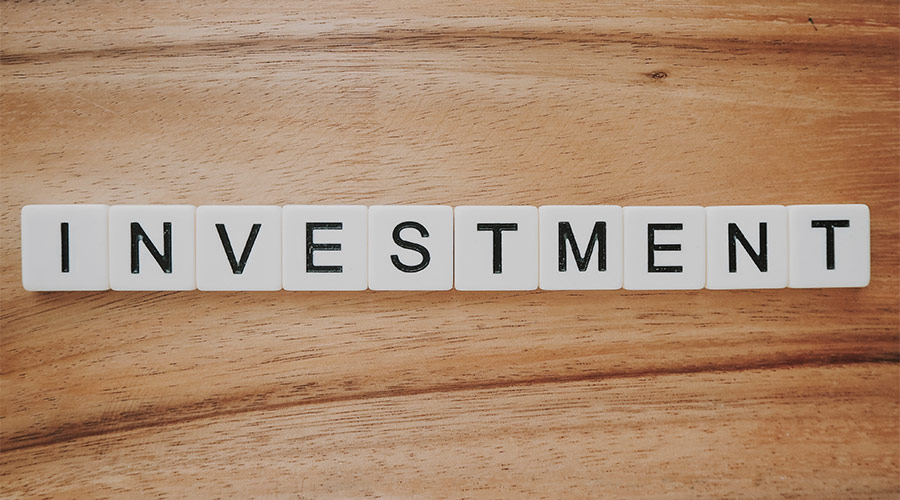
The buyer B (for "buyer") is "long" in the market after entering, the seller S (for "seller") is "short". The buyer B gains money when the price of the underlying contract rises. If B has bought at 100 USD per unit and the price of the product underlying the bet rises by 10 USD per unit, buyer B can book a (book) profit of 10 USD times the number of units. Seller S suffers a (book) loss of 10 USD per unit. If the price falls after the bet is made, S profits to the extent that B suffers a (book) loss.
In the simple model of only one buyer B and only one seller S, this would mean that B makes a sale to S, from S's point of view this corresponds to a purchase. Both have bought and sold the same quantity on balance, so they no longer have a market position. Profits and losses are calculated for both according to the difference between the buying and selling price. In the simple model, the countertrade would reduce the open interest to zero.
In the reality of futures exchanges, there are thousands of market participants and it is unlikely that the offsetting trade will be with the original contract (or bet) partner. This would be an unsuitable business process for fast-moving exchange practice. In futures exchange practice, exchange members keep a record of their clients' respective open positions and offset with each other their net positions in the market in a process called "clearing." A stockbroker with 100 clients who are each "long" 100 contracts and 50 clients who are each "short" 100 contracts in the market has a net position of only 5000 long positions and must provide collateral to other stockbrokers only for these 5000 long positions.
In order to be able to provide this security, the stockbroker requires a security deposit from his clients per contract entered into (i.e. per bet placed). This collateral is intended to cushion adverse price movements of the client positions from client balances. The “margin”, the security required for trading (betting on) a contract, is significantly lower than the nominal value of a contract.
Using crude oil as an example, the Chicago Mercantile Exchange (CME) Group, the holding company for New York’s NYMEX, currently requires margins of less than $10,000 as collateral for trading a WTI crude oil contract on NYMEX. This means that you can participate in the price development of a large commodity with a relatively small collateral line. This is an effect called leverage. In the example of the WTI contract, the leverage is greater than 1:12 – less than $10,000 margin for a contract currently worth around $120,000.
Here's how to invest in raw materials and what to look out for.
Gold has an appeal that goes far beyond its purely industrial use. Here's how…
We show you the four most important commodities at a glance: Cotton, Copper, Crude…